
Nordland/Lyngen Horse
- Home
- Our work
- Farm animals
- Nordic native breeds
- Nordland/Lyngen Horse
Origin: Norway
Original name: Nordlandshest /Lyngshest
Wither height: 125-145cm
Colours: Chestnut, bay, black, palomino, buckskin, silver dapple bay, silver dapple, silver buckskin, all variants of grey
Number of females in Norway in 2020: 998
Number of breeding females in 2020: 166
Not at Risk – Vulnerable – Endangered – Critically – Endangered Extinct
Background
The first known and documented exhibition where this breed participated, was in 1898 at Lyngseidet in Troms. In the 1930s, organized breeding of Nordland/Lyngen horses started. At that time, the population was located in the northernmost counties with the main population along the Lyngenfjord in Troms. The breed was recognized by the ministry in 1968, and the first stallion was registered in a studbook in 1969. The breed has been called Lyngen horse or Nordland horse depending on where in the country it has been, but in 1998 it was decided that the official name is Nordland horse/Lyngen horse. The breed has always had a versatile area of use and was previously used for all kinds of farm work and as a carriage and riding horse. It is strong enough to carry an adult rider and is suitable in size and temperament also for children and adolescents. Nordland/Lyngen horse is a suitable competition horse in all disciplines within riding and driving, such as pony trotting, and is also well suited for tourist riding and as a pack horse. There are currently about 2,300 horses of the breed in Norway.
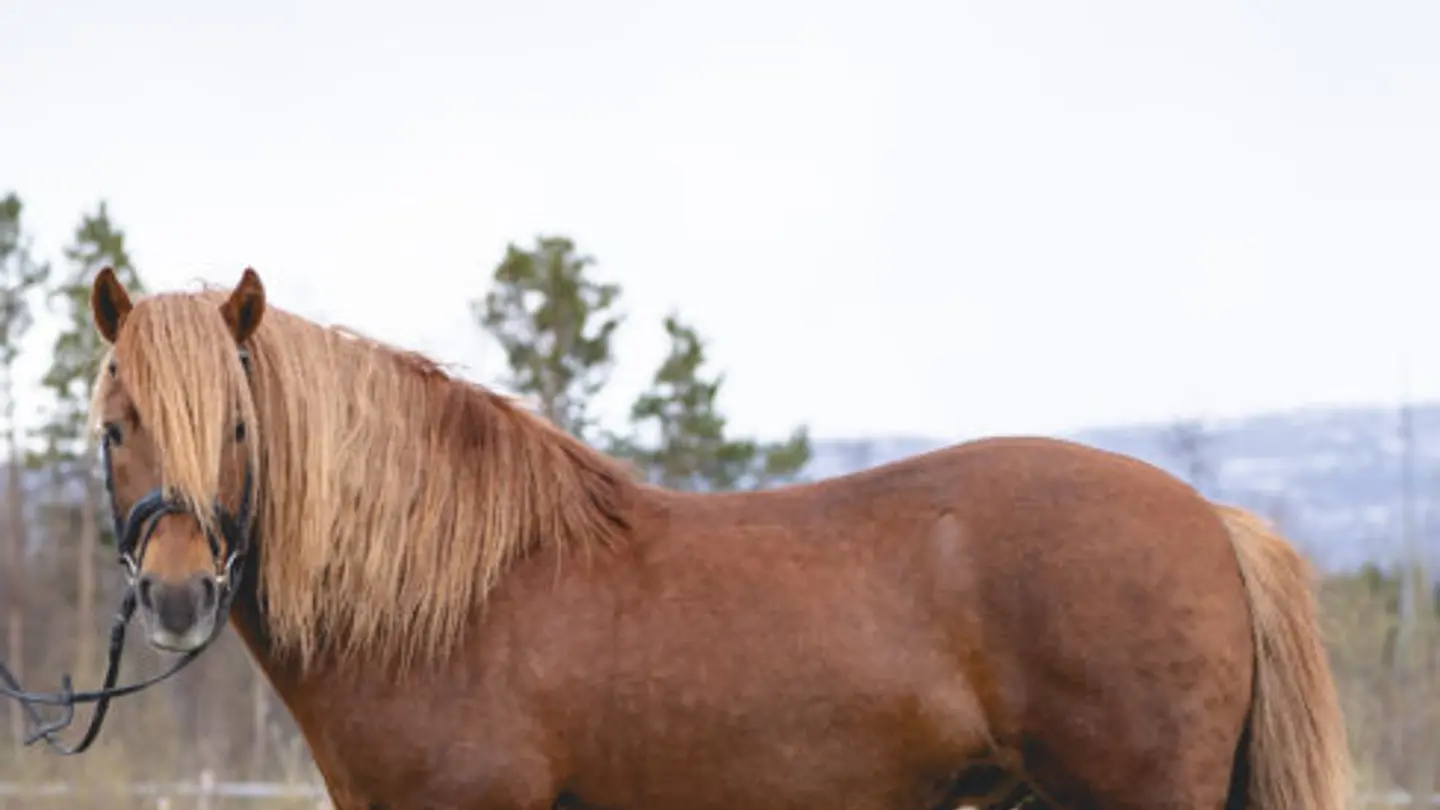
Conservation work
The Ministry of Agriculture and Food (LMD) is the highest authority for all livestock breeding in Norway. The Norwegian Genetic Resource Center was established in 2006 as an advisory and executive body to LMD. The Norwegian Genetic Resource Center coordinates expertise and activities within the conservation and use of national genetic resources and has the task of monitoring status and contributing to the efficient management of the genetic resources in livestock, cultivated plants and forest trees in Norway. The responsibility for this work on horses is assigned to the Norwegian Horse Center, which has an advisory and executive function for the breeding organizations. The Norwegian Horse Center reports to LMD, in addition to reporting annual key figures to the Norwegian Genetic Resource Center.
In 2011, an action plan was drawn up for national horse breeds which included Døle horse, Fjord horse and Nordland/Lyngen horse. The purpose of the action plan was to structure and give direction to the measures that were considered necessary to ensure the management of the breeds. In 2016, LMD established a professional committee for the national horse breeds that will advise LMD on the work with the national horse breeds based on the current action plan for national horse breeds. The subject committee consists of representatives from the breeding organizations, the Norwegian University of Life Sciences, the Norwegian Genetic Resource Center and the Norwegian Horse Center.
The national breed association for Nordland/Lyngen horses (https://rimfakse.no/) was established in 1992, and is the responsible breed organization for the breed. Registration and pedigree of Nordland/Lyngen horses is performed by the Norwegian Horse Center in agreement with the national breed association. The national center for Nordland/Lyngen horses is located in Troms and performs tasks for the breed in collaboration with the national breed association.
Characterization
Research activities are underway that focus on characterizing the breed. Characterization is an important part of the conservation work as this provides information about the breed, and documents if it has unique characteristics we may need in the future. Since the breed is part of our cultural heritage, it is also important to ensure historical knowledge about its development and significance for humans, by securing knowledge about the breed we can also ensure knowledge about our own societal development.
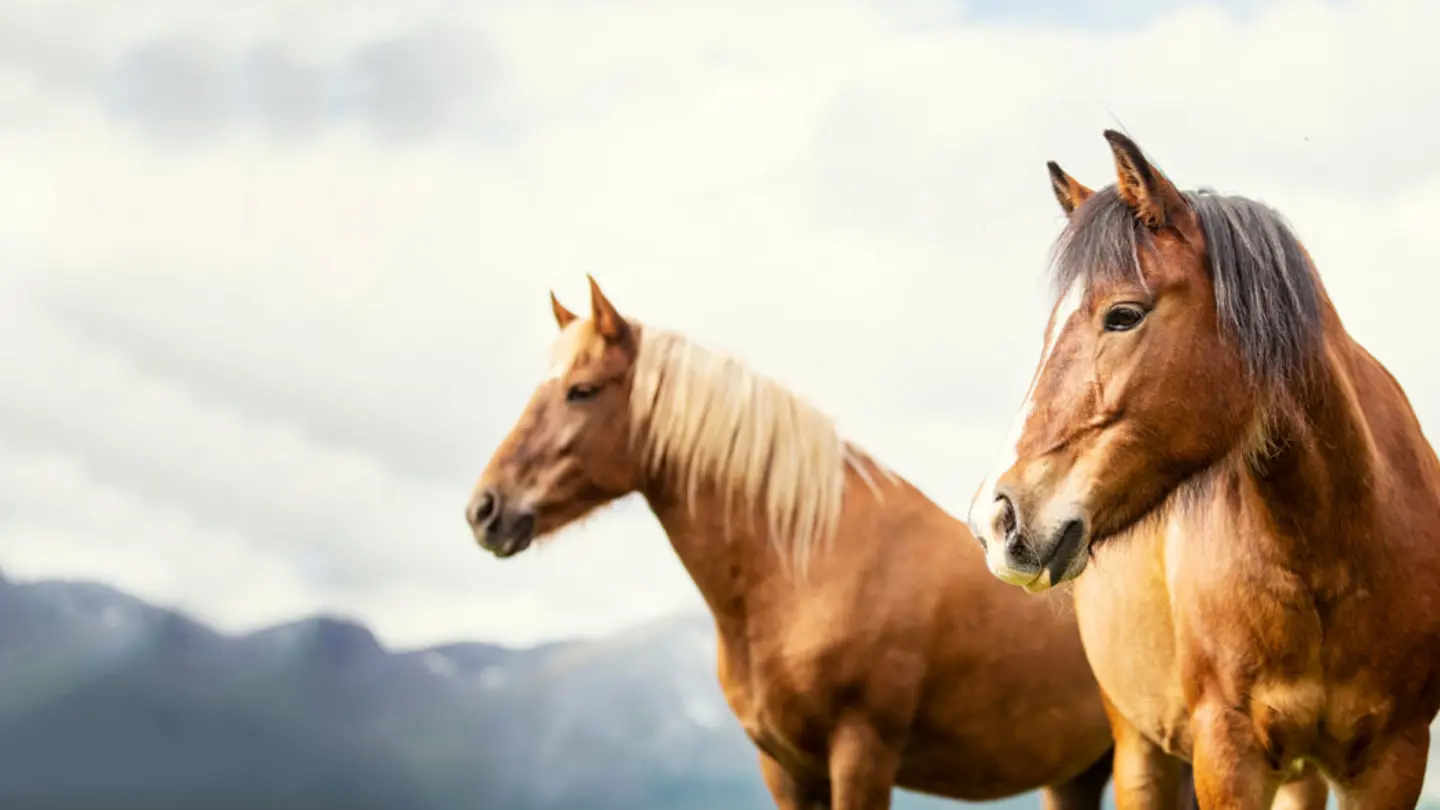
Based on a systematic study by NordGen, up until 2019, there was 14 easily accessible studies where the breed was included. Half of the studies focused on molecular genetic diversity within and between Nordland/Lyngen horses and a selection of other breeds. The remaining ones focus primarily on genetic diversity based on pedigree information, while only two studies focus on phenotypic traits such as body size and temperament. These two studies also include the Døle horse and the Fjord horse. There is therefore still a great need to characterize the breed, so that we are better off to conserve the breed in the future.
References
Bjørnstad, G., Gunby, E. & Røed, K. H. (2000). Genetic structure of Norwegian horse breeds. Journal of Animal Breeding and Genetics 117(5), 307–317.
Bjørnstad, G., Nilsen, NØ & Røed, K. H. (2003). Genetic relationship between Mongolian and Norwegian horses? Animal Genetics 34(1), 55–58.
Bjornstad, G. & Roed, K. H. (2002). Evaluation of factors affecting individual assignment precision using microsatellite data from horse breeds and simulated breed crosses. Animal Genetics 33(4), 264–270. doi:10.1046/j.1365-2052.2002.00868.x.
Bjørnstad, G. & Røed, K. H. (2001). Breed demarcation and potential for breed allocation of Horses Assessed by microsatellite markers. Animal Genetics 32(2), 59–65.
Kierkegaard, L.S., Groeneveld, L.F., Kettunen, A., Berg, P. (2020). The status and need for characterization of Nordic animal genetic resources, Acta Agriculturae Scandinavica, Section A — Animal Science, 69:1-2, 2-24, DOI: 10.1080/09064702.2020.1722216
Olsen, H. F. & Klemetsdal, G. (2010). Management to ensure effective population size in a breeding programme for the small Norwegian horse breeds – a simulation study. Acta Agriculturae Scandinavica, Section A - Animal Science 60(1), 60–63. doi:10.1080/09064700903567799.
Olsen, H. F. & Klemetsdal, G. (2017). Temperament of the Norwegian horse breeds – a questionnaire based study. Applied Animal Behaviour Science 193(August), 60–66. doi:10.1016/j.applanim.2017.03.015.
Olsen, H. F., Klemetsdal, G. & Helfjord, J. R. (2000). Innavlsnivå Og Effektiv Populasjonsstørrelse i Dølehestavlen. UMB & Norsk Hestesenter, available at: http://www.umb.no/statisk/husdyrforsoksmoter/2000/138.pdf
Olsen, H. F., Klemetsdal, G., Ruane, J. & Helfjord, T. (2005). Use of Probabilities of Gene Origin to Describe Genetic Variation in Two Endangered Norwegian Horse Breeds. In Conservation Genetics of Endangered Horse Breeds. EAAP Publication, No. 116, available at: http://www.welshponiesandcobs.com/Preservation/Conservation%20Genetics%20of%20Endangered%20Horse%20Breeds.pdf
Olsen, H. F., Klemetsdal, G., Ruane, J. & Helfjord, T. (2010). Pedigree structure and genetic variation in the two endangered Norwegian horse breeds: døle and Nordland/lyngen. Acta Agriculturae Scandinavica, Section A - Animal Science 60(1), 13–22. doi:10.1080/09064701003639884.
Promerová, M., Andersson, L. S., Juras, R., Penedo, M. C. T., Reissmann, M., Tozaki, T., Bellone, R., et al. (2014). Worldwide frequency distribution of the “gait keeper” mutation in the DMRT3 gene. Animal Genetics 45(2), 274–282. doi:10.1111/age.12120.
Selle, T. (2010). Genetisk Analyse Av Utstillingsresultat for Dei Norske Hesterasane Dølehest, Fjordhest Og Nordlandshest/Lyngshest - Genetic Analysis of Show Results for the Norwegian Horse Breeds; the Døle Horse,the Fjord Horse, and the Nordland/Lyngen Pony. Norwegian University of Life Sciences, available at: https://brage.bibsys.no/xmlui/handle/11250/185970
Sild, E., Rooni, K., Värv, S., Røed, K., Popov, R., Kantanen, J. & Viinlass, H. (2019). Genetic diversity of Estonian horse breeds and their genetic affinity to Northern European and some Asian breeds. Livestock Science 220(February), 57–66. doi:10.1016/j.livsci.2018.12.006.
Vangen, O. (1983). The use of relationship matrices to avoid inbreeding in small horse populations. Zeitschrift Für Tierzüchtung Und Züchtungsbiologie 100(1–5), 48–54. doi:10.1111/j.1439-0388.1983.tb00711.x.
Viluma, A. (2012). Polymorphism in myostatin gene and athletic performance in Nordic horse breeds. Swedish University of Agricultural Sciences, available at: http://stud.epsilon.slu.se/id/file/2988345
Read more about our other native breeds
-
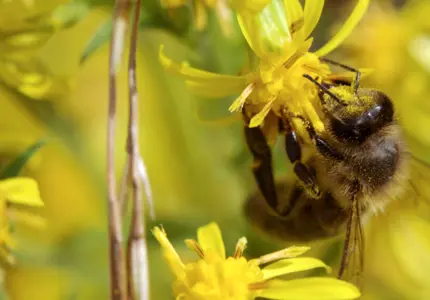
The Nordic brown bee
Honey bees are threatened by intensive agriculture, habitat loss and climate changes worldwide and are important to conserve, not only due to their honey production but also due to their pollination services.
Read more about the breed
-
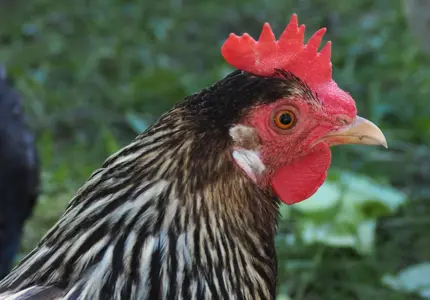
Finnish Landrace Chicken
In 1974, the agricultural advisory agency collaborated with Seiskari and published a call to find remains of the Finnish landrace chicken. As a result, one flock was found in South-East Finland. This family line was named after its geographical location as “Savitaipaleenkanta”.
Read more about the breed
-
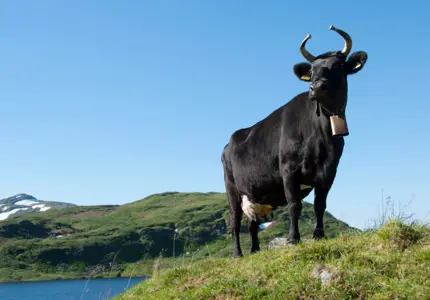
Dola Cattle
The Dola cattle originates from Gudbrandsdalen, Østerdalen and Hedmarken, areas north of Oslo. In these areas there were large areas for nutrient-rich grazing, but it was too far to larger cities for the sale of dairy products.
Read more about the breed